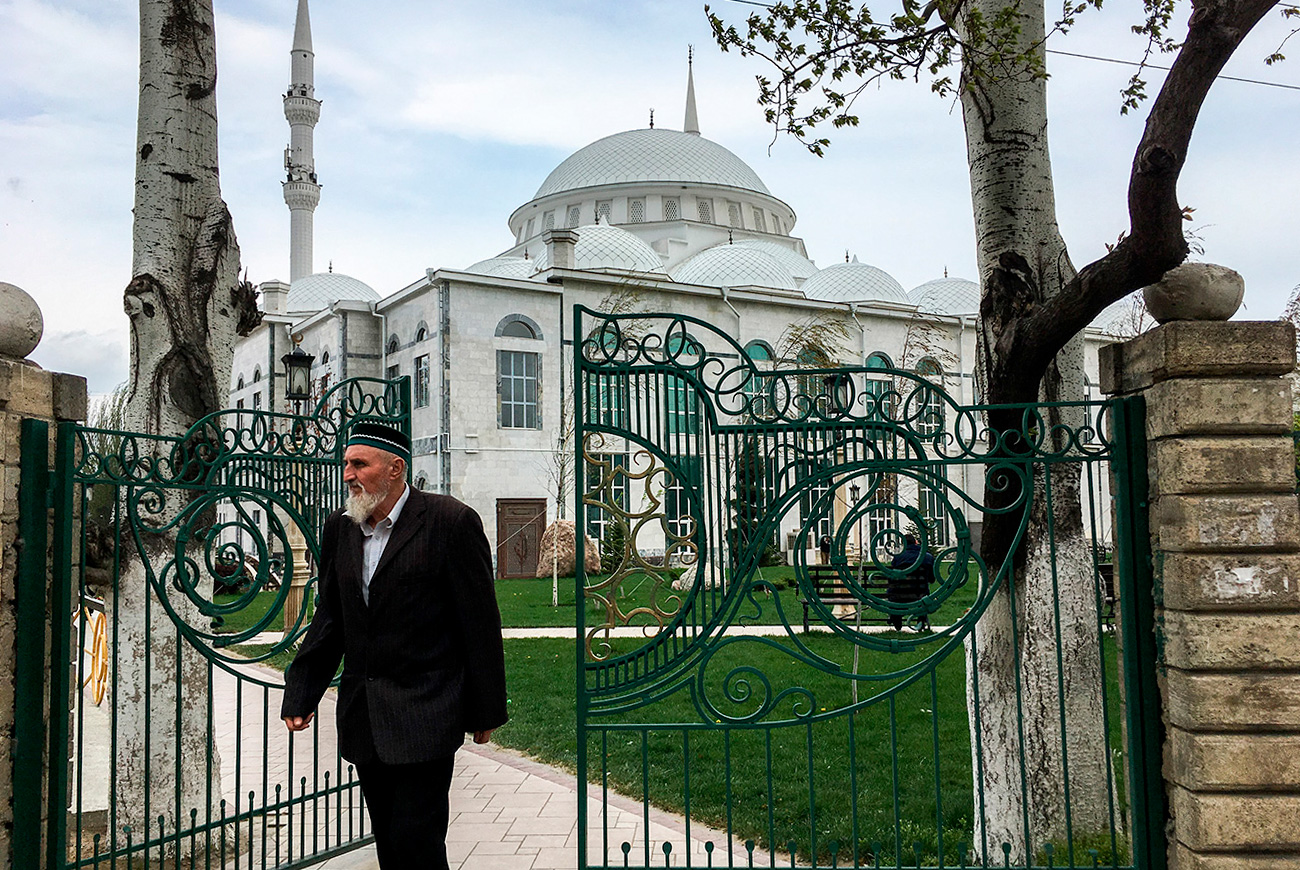
But the city’s main attraction is the younger sister of Istanbul’s Blue Mosque - the Juma Mosque of Makhachkala, which holds up to 16,000 worshippers. “Friday prayers at the Juma Mosque are accompanied by endless human flows and huge traffic jams; at the same time, the city is like a nature reserve in which 1980s-type Soviet intellectuals have been miraculously preserved,” says guide and Caucasian culture expert Vladimir Sevrinovsky.
Ilyas Hajji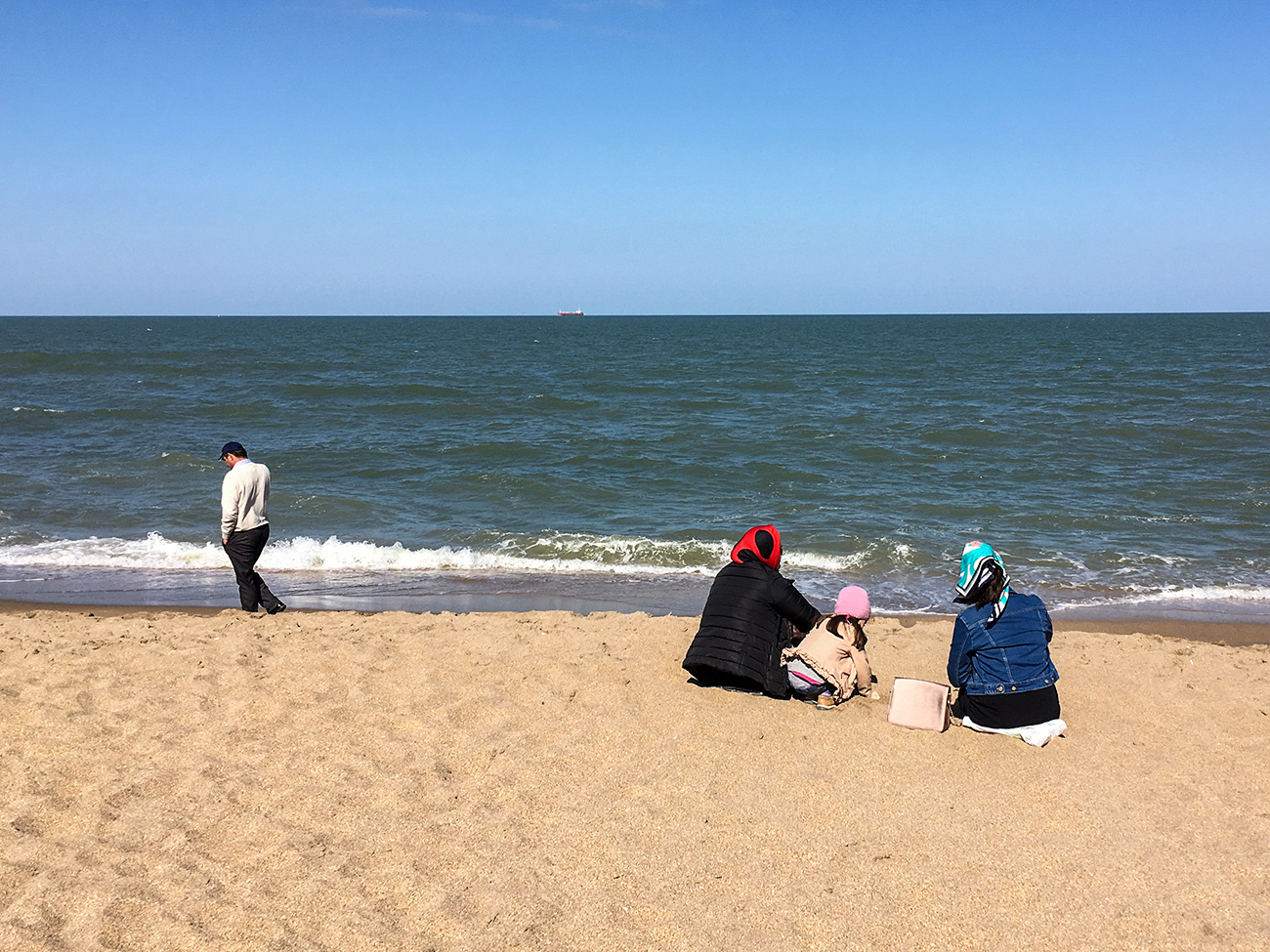
Although Makhachkala, the capital city of Dagestan (reportedly the most dangerous region in Russia), often makes the news for the wrong reasons, local residents cling to a life of peace and harmony - who wouldn't when the Caspian Sea is only a stone’s throw away, the sun shines for 310 days a year, and stunning mountains loom on the horizon? “Here, surrounded by waterfalls and whirling eagles, everything seems possible and impossible at once,” writes Jamie Rann of The Calvert Journal.
Ilyas Hajji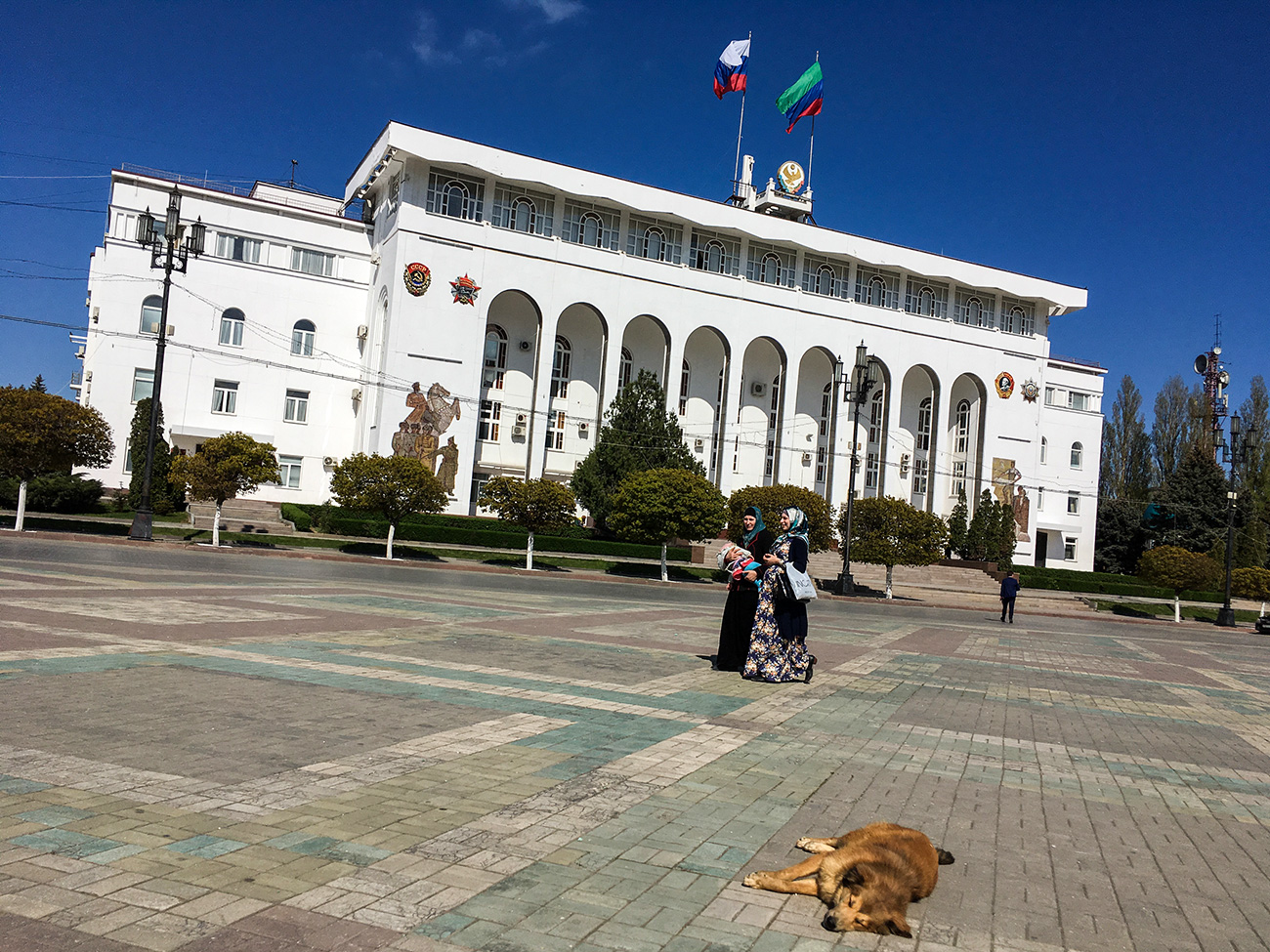
More than half the territory of the Republic of Dagestan is covered by mountains, canyons, and gorges. Dagestan borders Azerbaijan to the south, Chechnya to the west, Georgia to the south-west, and Russia’s Stavropol region and the Republic of Kalmykia to the north. Dagestan’s Derbent is one of the most ancient cities in the world, having belonged at various times to the early Christians, the Khazars, the Tatar-Mongols, the Arab Caliphate, and the Russian tsars. Dagestan produces international and Olympic champion wrestlers, but the region’s conservative traditions mean that local women and minorities face an uphill struggle for equal rights. It’s a contradictory land where people dance the Lezginka with passion and joy, and funerals are attended by professional “mourners.”
Ilyas Hajji
American and European authorities advise their citizens not to travel to the North Caucasus, while tourists timidly inquire on Lonely Planet forums if such places are safe. Tourists in Dagestan are themselves “sights”: The towns and cities here are like big villages, where residents know each other well and newcomers are not hard to spot. But normally there is no hostility at all, only a brief moment of curiosity, after which the locals simply carry on with their daily business.
Ilyas Hajji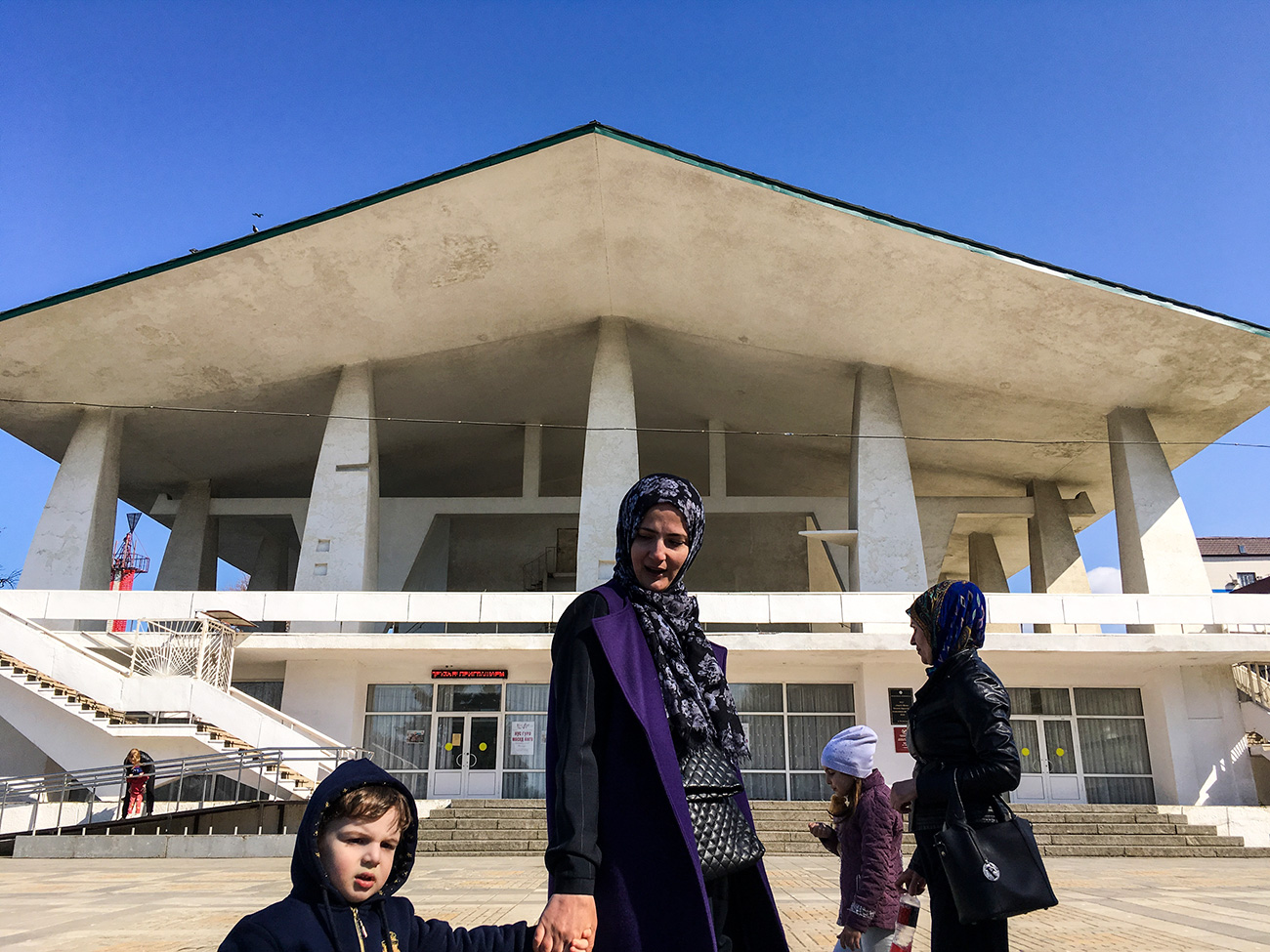
Home to more than half a million people, Makhachkala is a young city in the North Caucasus - just 160 years old. On the streets of Makhachkala, the Avarian language is mixed with Nogai, Lezgin, and 11 other local tongues all with official status alongside Russian. A tour of the city will acquaint you with a diverse range of cultures and languages, several of which have their own national theater: For instance, the Kumyk, Lak and, Dargin theaters.
Ilyas Hajji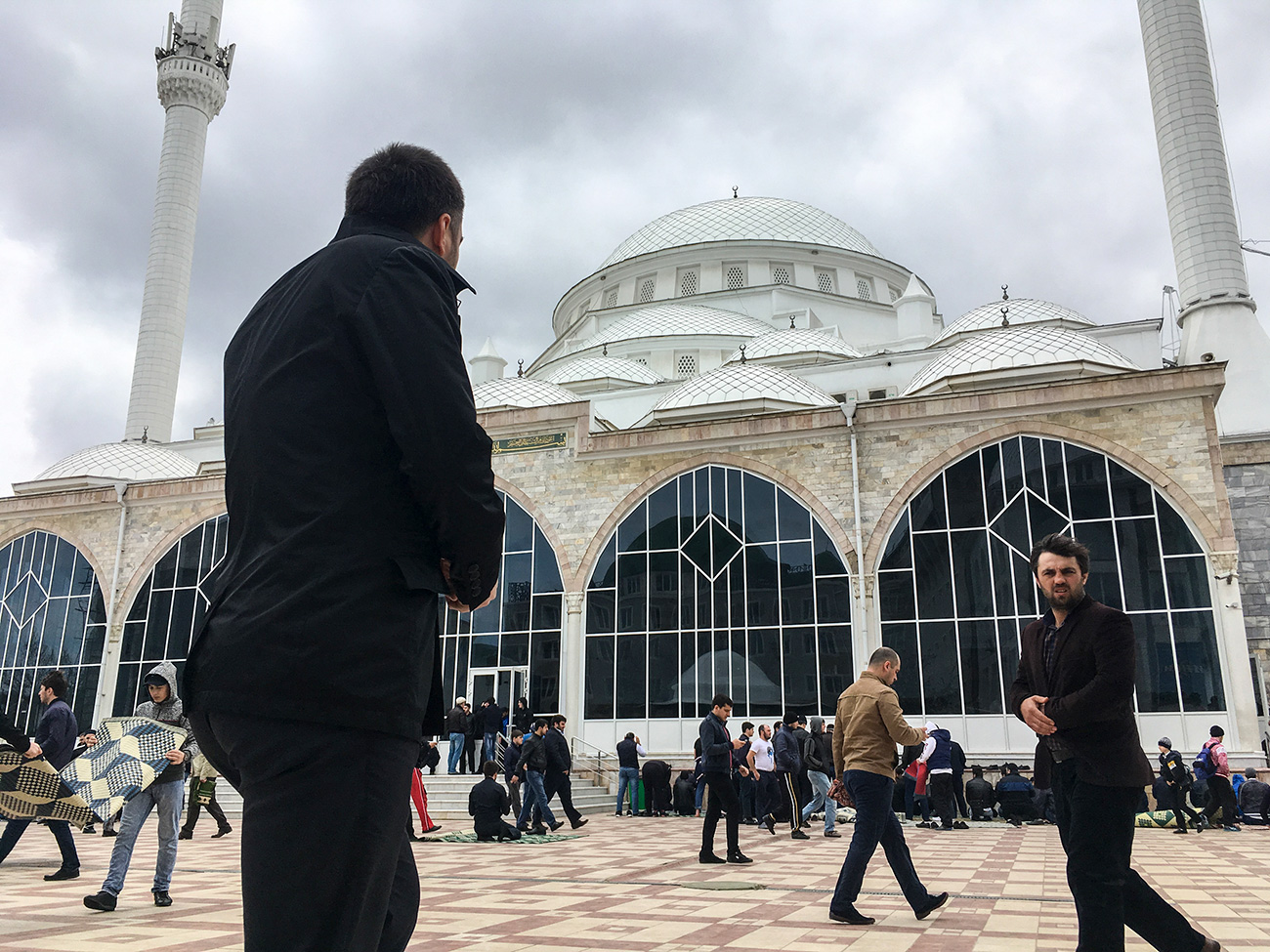
Although around 90 percent of Makhachkala's inhabitants are Islamic, Orthodox churches and a synagogue can also be found. Women covered head to toe in traditional garments walk the streets alongside devotees of very different styles. For visitors in Makhachkala, there is no dress code: Covering your head or wearing a long skirt is a requirement only if you intend to visit a mosque. But keep in mind that Dagestan is a hot, southern region, where open clothing can result in sunburn, warns tour guide Yana Martirosova. Makhachkala is one of the top five hottest cities in Russia with an average summer temperature of around 30 degrees Celsius.
Ilyas Hajji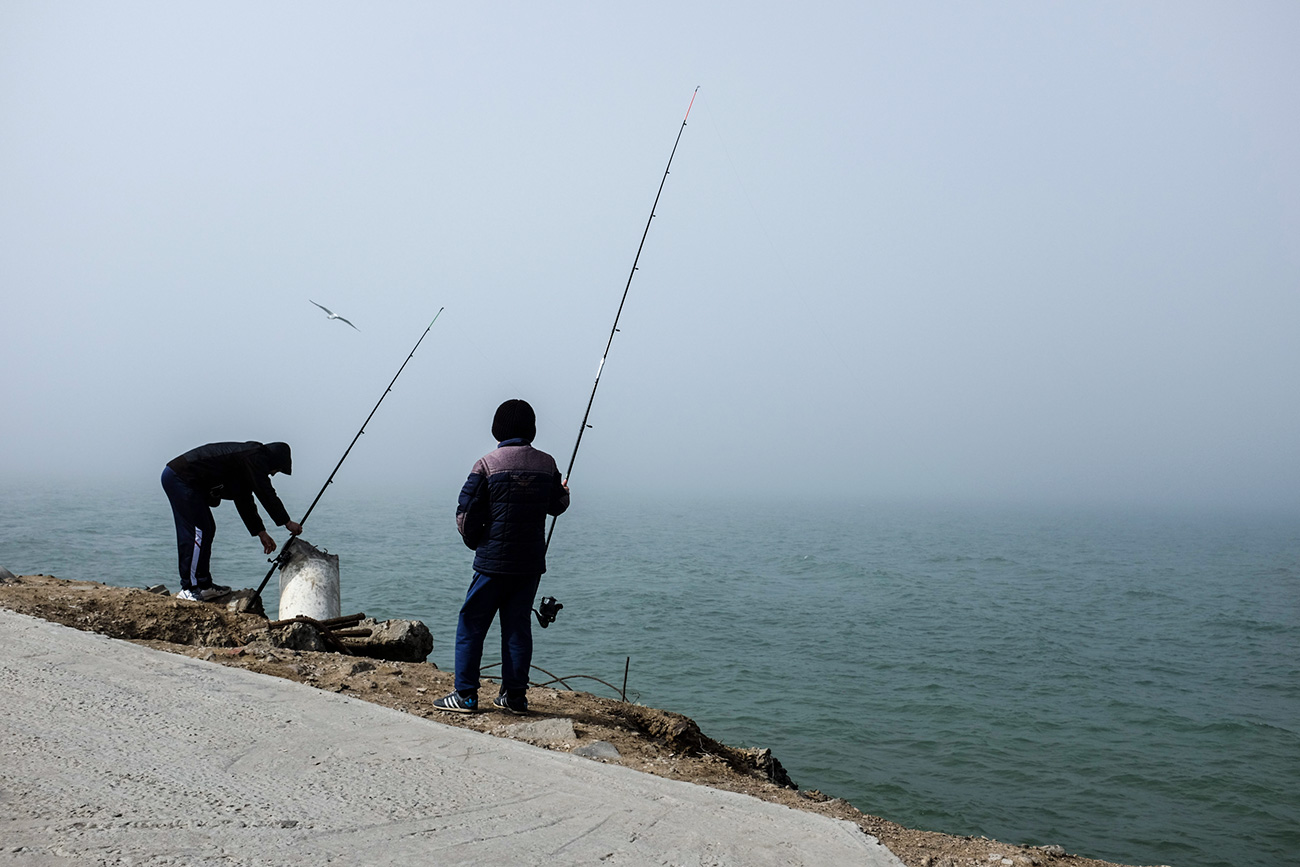
After midday, Makhachkala's beaches teem with life: Besides swimming in the sea and relaxing in the sun, people play dominoes and even do business. “We haven’t had any trouble. The people are quiet, there’s no traffic, loud music, or groups of drunk people,” says traveler Sergei Kudryashov, who came here on vacation with his family. In Makhachkala there is a special closed beach for women (known as Goryanka), but many ladies prefer the usual city beach.
Ilyas Hajji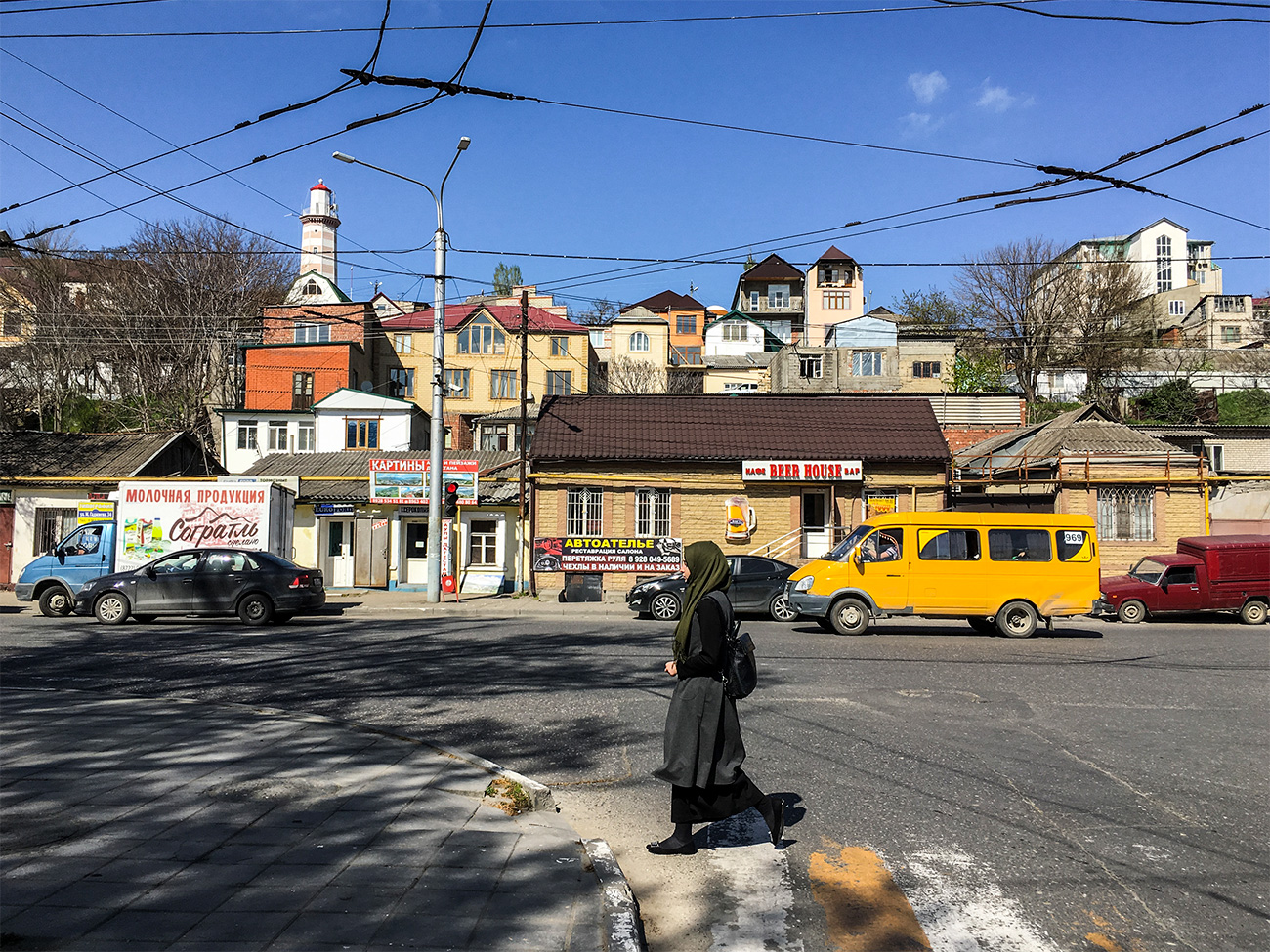
Caucasian culture expert Vladimir Sevrinovsky says that modern Makhachkala’s disproportionate layout would delight avant-garde artists “who were fond of portraying an ear where there should be a nose.” Makhachkala was not always an assortment of shopping malls, self-built structures, and waywardly parked cars: An earthquake in 1970 partially destroyed the city, while in post-Soviet times economic downturns and mass emigration have greatly altered its look and feel.
Ilyas Hajji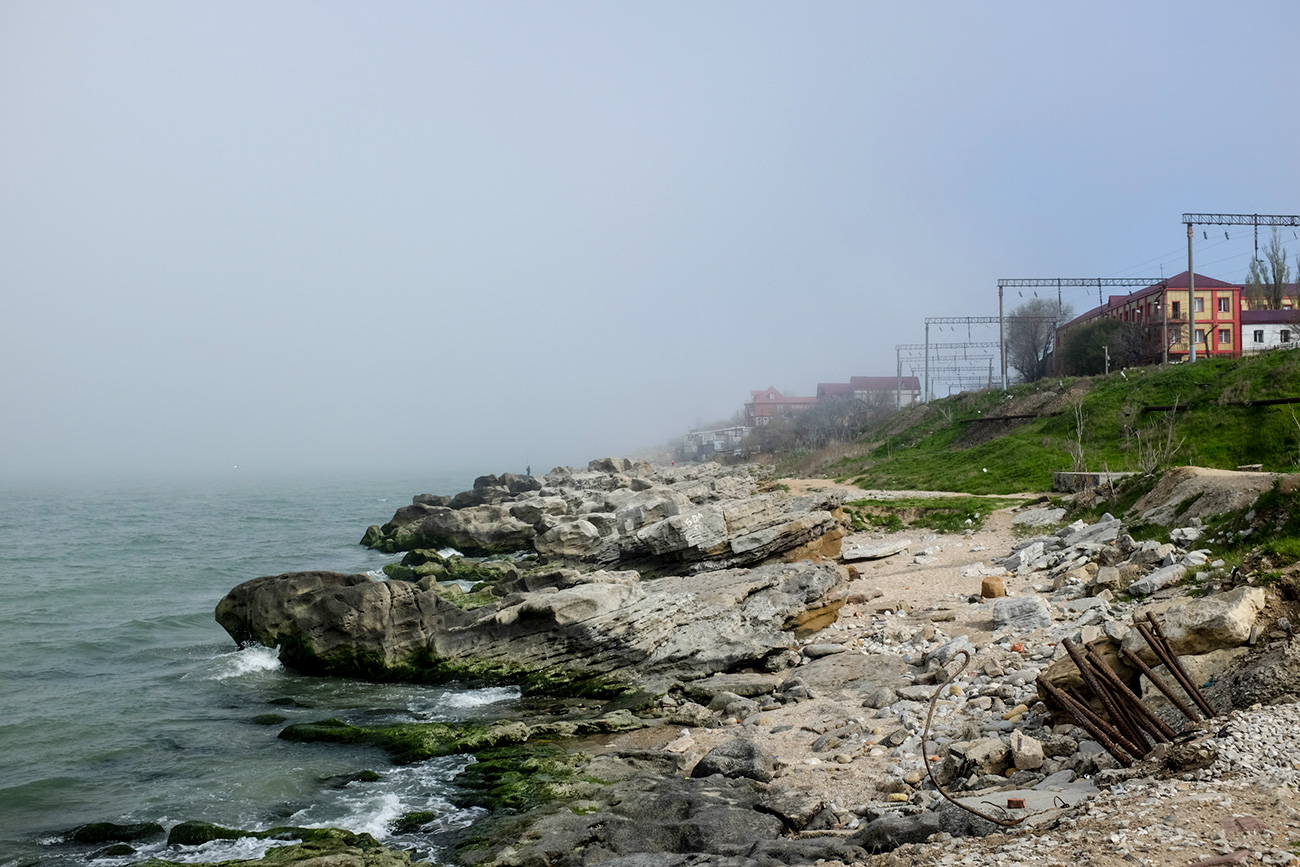
“In the past 20 years, the population here has changed significantly, and with it the entire urban culture,” write local journalists Polina Sanayeva and Svetlana Anokhina. Their new book, There Was Such a City, details the life of Makhachkala old and new. It’s a kind of family album combining 1,500 photos with the memoirs of 83 local residents. In the 1990s, economic woes and military conflict forced many people to leave, especially the intelligentsia. They were replaced by Dagestanis from mountain villages. “Today Makhachkala has a different cultural identity. There are very few old townsfolk left, and the new ones have their own lifestyle,” says local resident Magomedrasul Magomedov.
Ilyas Hajji
“The center of the city around the parliament and university have places where one can stroll in peace, and the Caspian Sea is right on one’s doorstep. The Makhachkala Central Market is the largest open-air market I’ve seen anywhere in Russia. Other than that – try the lamb shawarmas at the Northern Bus Station,” traveler SohoInOC wrote on Reddit.Dagestani lamb is a regional delight and is even supplied to Moscow restaurants. But people have no desire to eat shish kebab every day - hence the appeal of cafés serving local food and various kinds of Dagestani khinkali, which every ethnic group here cooks in its own unique way, all completely unlike Georgian khinkali. “The question of which ethnic group invented a particular type of khinkali or chudu meat pie can cause major arguments among Dagestanis,” says guide Yana Martirosova. But food is not the only divisive issue: The city has its own football team, FC Anzhi, and clashes with fans of opposing teams are not uncommon.
Ilyas HajjiSubscribe
to our newsletter!
Get the week's best stories straight to your inbox